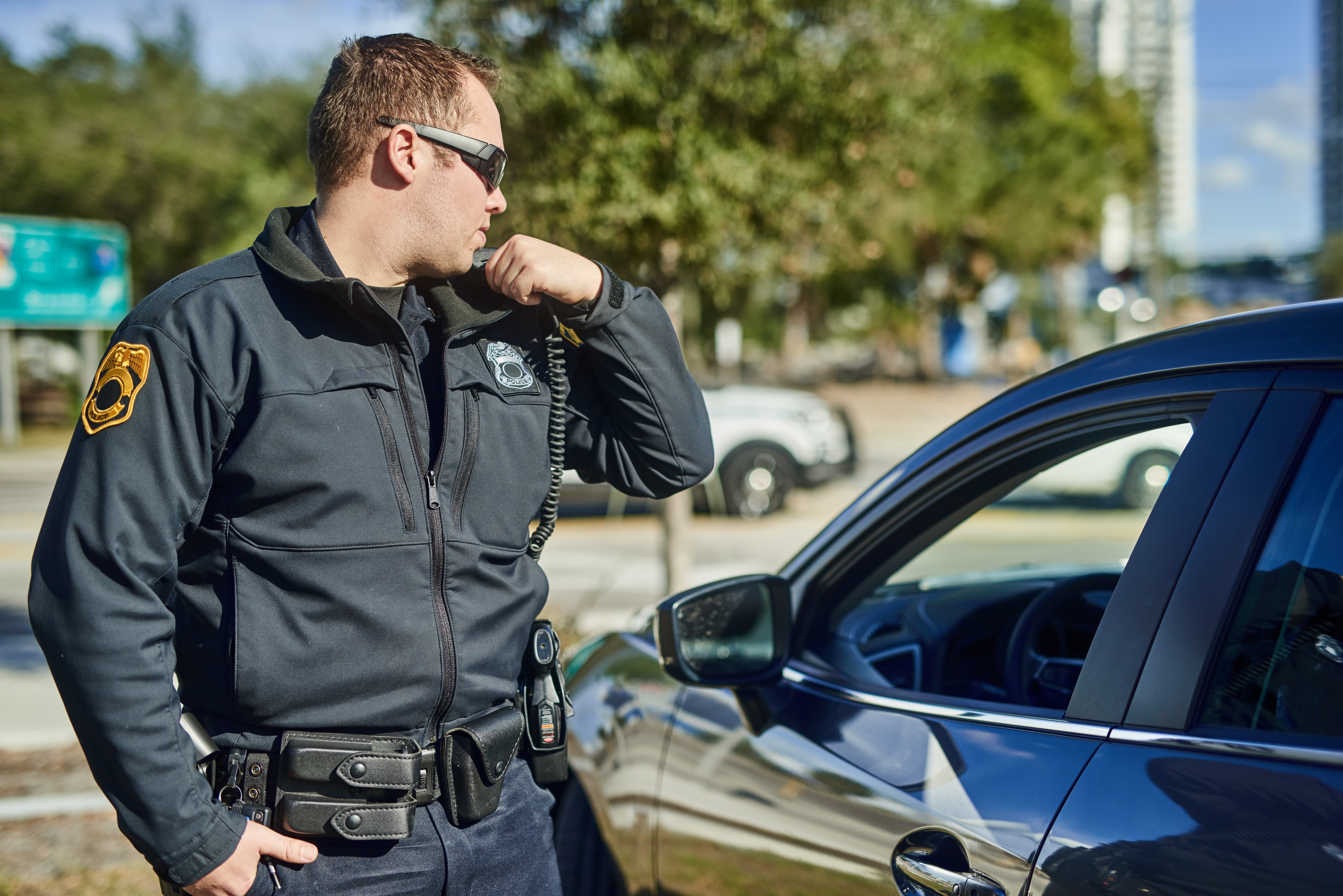During the past several months, we have touched on the response and management cycles of emergencies a few times. In this edition, we are going to take a deeper look at what you can expect to happen during the different phases of the emergency response and management cycle.
Before we get too far along in the “cycle”, let’s take a quick look at the different phases so we have them at the top of mind while discussing the response cycle. For those unfamiliar with the different emergency response phases, FEMA has been very kind in laying them out for us in proper order: Prevention/Mitigation, Preparedness, Response, and Recovery. Fortunately for us, FEMA has also told us what we need to do long before we have an emergency. Of course, we want to prevent the emergency from ever occurring, or how to take steps to mitigate the impact of the emergency should it occur even with all of our best efforts to prevent it from happening. FEMA also tells us that we need to prepare to respond to any emergency (All Hazards Plans) that we encounter. Lastly, they identify the steps necessary to recover from the emergency after it has been dealt with. With very few exceptions, almost every emergency we face in schools started long before the initiator of the emergency you are currently experiencing. What this means to us is that when an emergency is initiated, we not only have to account for what is happening in the present, but we must also account for the events of the past. This is particularly important while responding to an active shooter/violence incident.
As you have likely noted, I refer to this and many processes as “cycles”. There is a specific reason for doing this. It is to ensure that we understand this is and always will be a continuous process where one cycle starts and influences the next. Emergencies are cyclical and not linear. Even though the FEMA guidelines appear to start with Prevention/Mitigation and end with Recovery, the Recovery phase actually examines how we can prevent/mitigate the next emergency, which is of course the beginning of the next cycle. So in regard to the topic of this blog, while we will be discussing the response and recovery processes, there is an assumption that we have already addressed the Prevention/Mitigation and the Preparedness phases.

The above diagram combines the “Left of Bang” concept and the FEMA guidelines and represents the timeline of an emergency or crisis. (Note: I encourage all of you to read the book, “Left of Bang “ by Patrick Van Horne and Jason Riley. If you want to build and/or your situational awareness, this is an excellent resource.) The red dot represents the initiator of an emergency, or “Bang” as Van Horne and Riley refer to it as. Everything to the left is where you prevent/mitigate the “Bang” or prepare to respond and recover from the “Bang”. The green dots to the left of “Bang” represent the Prevention/Mitigation and the Preparedness Phases, while the yellow dots to the right represent the Response and Recovery phases. Now let’s talk about what happens from the first point we identify that we have an emergency; the red dot, or Bang. We have been throwing the word “emergency” around quite a bit throughout this entire series with the assumption that everyone knows what an emergency is. But let’s take a minute to give everyone a working definition of what an emergency is, just so we are all working from the same definition: An emergency is any event or situation that is likely to cause, or has caused significant disruption, injury and/or death to one or more people.
When we look at an emergency we have to understand our priorities and objectives. Generally speaking, our priorities are in the following order: initial response, protection of life and property, incident stabilization, and recovery. Of course, the situation and circumstances dictate what you do and when. So let’s take a closer look at these:
- Initial Response: The objective of the initial response is to analyze the situation and determine what it is that you are dealing with. I call this, wrapping your arms around the situation. This is where your situational awareness skills will come in handy to quickly size up the situation and make your very next move. Heuristics will be very valuable here as well. (Heuristics are mental shortcuts commonly used to simplify problems to avoid cognitive overload. Taking what information you have and making proper decisions and not waiting until you have ALL the information.) Likely your next move will be to send an alert that initiates an Emergency Protective Action (EPA); i.e., “lockdown”. This is where you will likely initiate your Emergency Operations Plans and convene your incident management team (safety team).
- Protection of Life and Property: We have discussed why it is important to initiate the EPAs very quickly, even before calling 9-1-1, if you are doing this manually. If you are using technology, like CrisisGo, this can all be done at the same time with a push of the same button. After the EPAs have been activated, it is now time to start looking to gather information on the results of what is happening and to whom. This is where you are trying to help the emergency responders with having information to assist them to identify and isolate the emergency to protect life and property. Here we are asking questions such as:
- Are all of our staff and students accounted for?
- What are the injuries and the extent of those injuries?
- Where are those who are injured located?
- Are you okay? Where are you?
- What do/did you see?
- What do you need?
- Etcetera.
- Incident Stabilization: This is the phase where the emergency responders have arrived, we start working together with them to manage the incident by identifying, isolating, and neutralizing the threat; whatever that means for that specific incident. This is the phase where once we have eliminated the threat/hazard, we can now start working on the tasks created as the result of the emergency; search and rescue, identifying the injured and getting them treatment as needed, evacuating everyone from the emergency site to a location where they are safe. This is also the phase where the recovery phase starts; getting everyone back with their loved ones; Reunification.
- Recovery: Recovery is the process(es) you need to take in an effort to return your school to a status as close to pre-event as possible. This includes; physical and emotional trauma, reconvening school programs, correcting any building structural issues, returning to “business” as usual, etc. Depending on the incident, the recovery phase can last hours, days, months, or even years. As an example; we just acknowledge the 24th anniversary of Columbine and the 16th anniversary of the Virginia Tech tragedies. People are still recovering from those events.
How well we understand these phases, and all of the phases of the emergency management cycle, will determine how well you perform during an actual emergency. We can look back at many events and quickly demonstrate which of those events were managed properly and which ones were not. As we have said before, this will be the test of how well you are prepared.









.png)



No Comments Yet
Let us know what you think